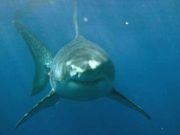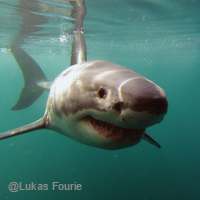Science
Cheerful and chirpy Oystercatchers
The Oyster-catcher ( AFR: Swattobie) is one of those birds that cannot be confused with any of its neighbours, for its brilliant black...
Why do stars twinkle ?
Stars twinkle. Planets shine steadily. Why?
Stars twinkle (scintillate) because they’re so far away from Earth that, even through large telescopes, they appear only...
Beacons of Light on the Cape Whale Coast
Burning upon some hidden shore across the sea one night, A little reef, the captain said, he saw a shining light. He said...
How Whales Become Entangled
This illustration shows how fishing lines attached to traps and buoys on the ocean floor present a potentially deadly hazard to North Atlantic...
Beached dead whales can alter the ocean’s carbon footprint
Decades of whaling and fishing for the largest species have altered the ability of oceans to store and sequester carbon.
An individual whale contains...
Marine Tourism
#GreenXmas @intheOverberg
We are grateful to the champions @intheoverberg @WWFSouthAfrica @GoSocialSA @GoToSouthAfrica @ShotLeft who created a twitter #chat platform on 25 November where we could share...
The Argonaut or the Paper Nautilus.
Amongst tidal debris there sometimes appears a thin papery shell, bearing on its white surface a ribbed pattern like that which shore currents...
Virga is rain that does not reach the ground
The word virga is derived from Latin meaning “twig” or “branch”.
We’ve all seen virga, but maybe not known what it’s called. Virga is...
Are you a responsible wildlife traveler?
Unfortunately there is no single, globally accepted code of conduct for responsible wildlife tourism – travelers themselves need to take responsibility. Here are some guidelines.
1 Take...
Clouds that look like ocean waves. What is it?
Van Gogh clouds! Like breaking ocean waves.
They are called Kelvin Helmholzt clouds, aka billow clouds or shear-gravity clouds
It’s widely...















